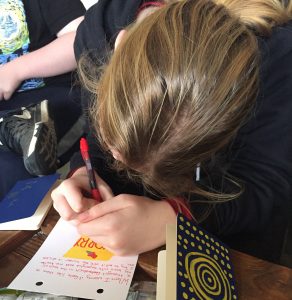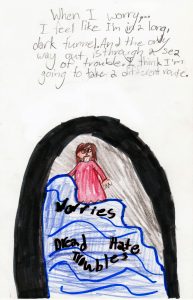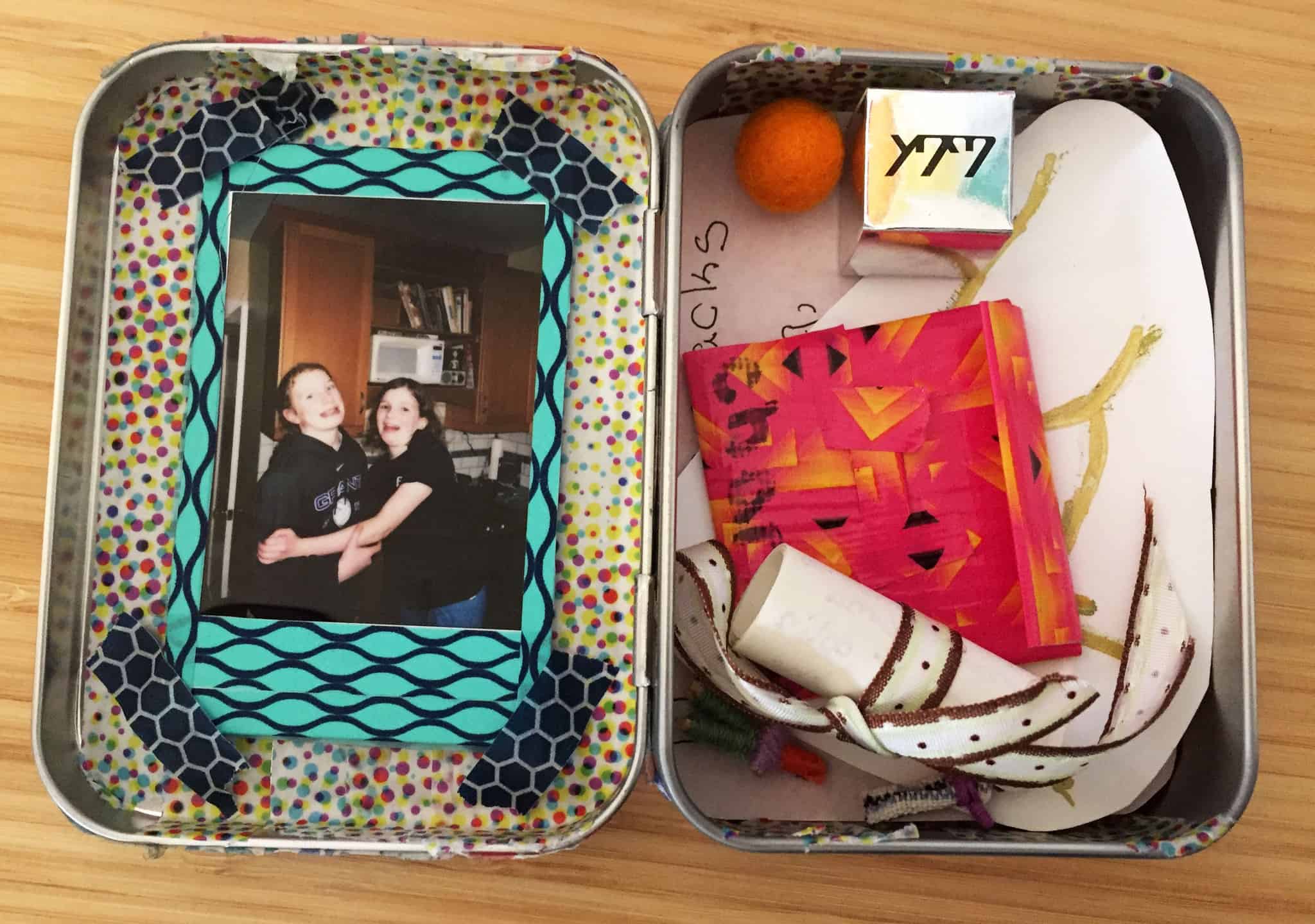How Kathleen Lane is working with youth to understand anxiety as a universal human experience
by Lokyee Au, Communications Manager
It’s estimated that we create anywhere between 50,000 to 70,000 thoughts a day. These tens of thousands of thoughts running through our head every day have the ability to reinforce, dictate, or alter our actions, our decisions, and all our subsequent thoughts. For those of us who worry (and let’s be honest – we all worry), that’s 50,000 to 70,000 opportunities for worrisome ideas, feelings, and stories to be produced by our brains. Worry and anxiety are not things everyone is comfortable talking about, whether it’s with friends, family, or complete strangers. As adults traverse through the stigmas or shame around anxiety, stress, and worry (subsequently fueling the significant boom for the wellness and health industry), what about young students who have those tens of thousands of thoughts? Who do they share them with? And how?

Writer Kathleen Lane developed Create More, Fear Less for students to navigate some of those anxious waters. Borne out of a confluence of events and experiences – publishing a book about an anxious 10-year-old, managing her own experiences with worrying, and meeting students who deal with anxious feelings, this RACC-funded project brought Lane to middle schools over the past two years to create a place for students to share their thoughts and feelings with one another, while partaking in hands-on art activities that encourage them to express and work through those feelings.
So how do you get kids to share deep, personal feelings with their peers and adults? Each workshop begins with ‘worry stones’, where everyone, including Lane, writes their worries onto a stone and take turns sharing. These stones are then placed into a bag, a physical reminder that students are separate from – and have power over – their worries – they get to decide when and how much time to spend with them. It’s also a reminder that carrying our worries (stones) around all day can get heavy. Comfort is key in setting the tone and expectations for the group: anyone can pass, and can draw on their stones if they don’t want to write out their worries. The important thing is that students see they’re not alone in their feelings, and that they can unload some of the weight of those worries.

Through workshops, and now an interactive website, Lane introduces kids to various art and writing activities that aim to normalize the feelings and worries themselves, as well as the act of expressing their anxieties. Some activities include using metaphor to capture the feeling, creating a “worry survival kit”, drawing and dialoguing with a “worry monster”, and more. With these activities, Lane says, “It’s not about pushing feelings away, it’s about working with your feelings—it’s human to worry, it’s okay, and you can get through it. And also, thank you for being a sensitive soul because we need more of those in the world.”
Although described as a project of using art for anxious youth to express themselves, Lane’s approach and practice remind us that it’s more than that. She encourages students to see the power in their feelings and anxieties – Our great storytellers, thinkers, and problem-solvers often start with some form of worry, and that is important to celebrate. “I want to help kids see that not only can art and writing be powerful tools for expressing anxiety, but anxiety can be a powerful source of imagination, wisdom, and healing. You have anxiety, you have your fears, now what are you going to do with them?”
And while students certainly need more than a creative workshop to navigate these feelings, the project has created new paths for students and adults to understand, communicate, manage, and embrace them. In the two years since Create More, Fear Less began, the project has already taken hold in other spaces, and Lane has been in outreach mode to share it far and wide. Her hope is this project serves as a resource for as many students, teachers, and counselors as possible, and that the projects and activities create a cultural shift in how we view and deal with anxiety.
—
Create More, Fear Less was funded in part by the Regional Arts & Culture Council (RACC). Learn more about RACC’s Grants Program here. You can find more about this RACC project grant by visiting the project website and more about Kathleen Lane on her website.

